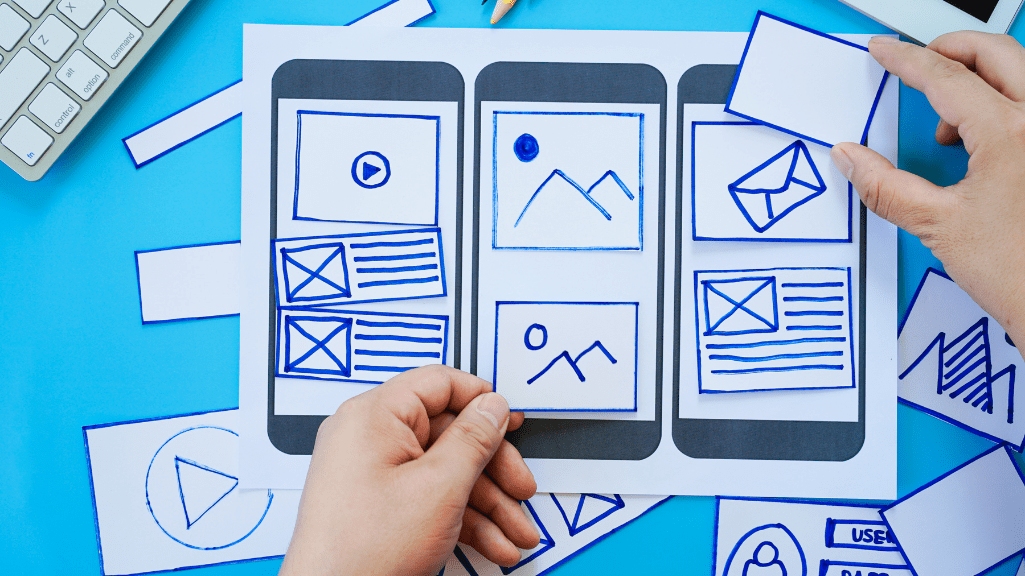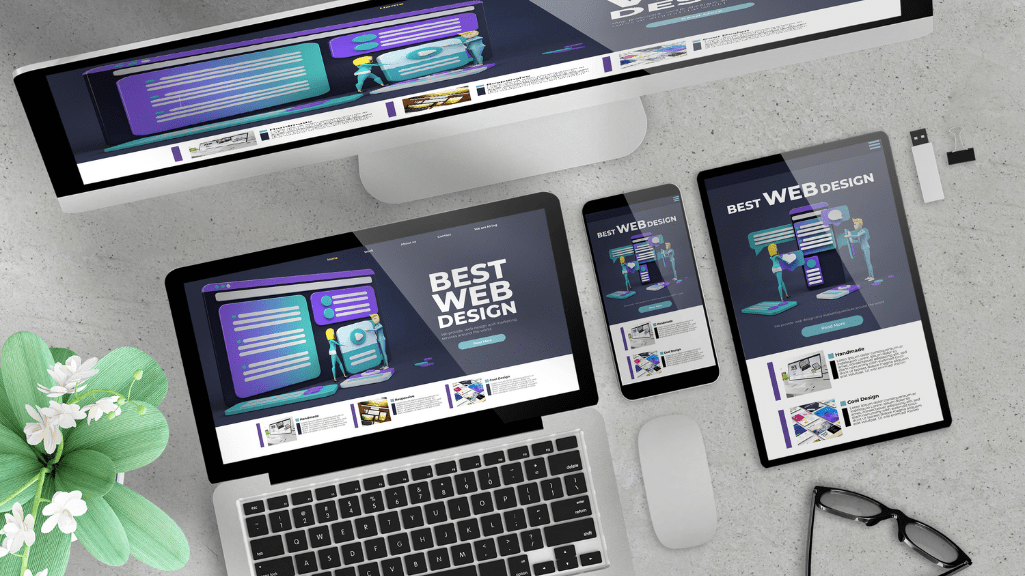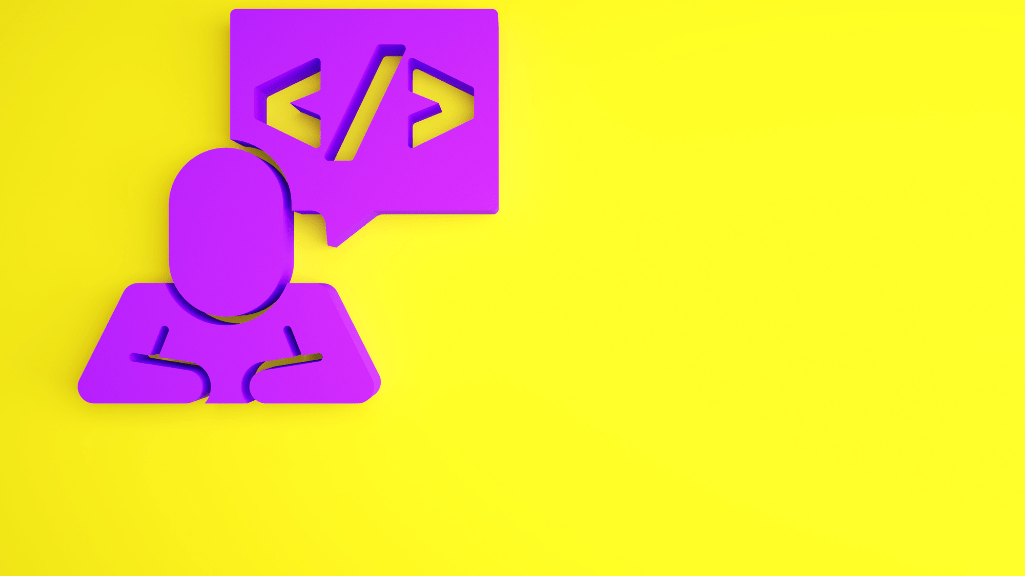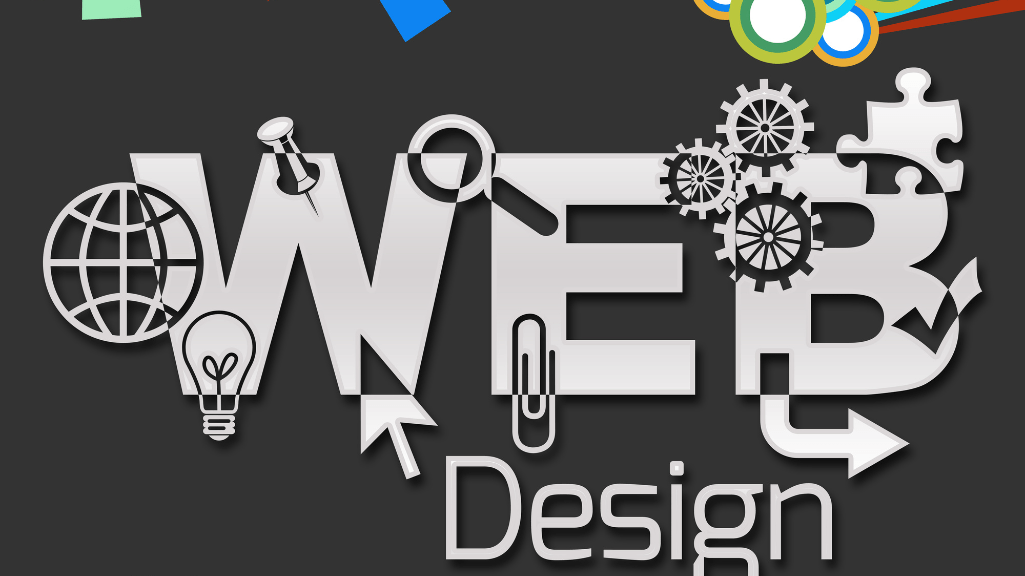In the dynamic landscape of user experience (UX) and user interface (UI) design, staying ahead of the curve is crucial. As technology evolves and user expectations shift, designers are constantly challenged to innovate and adapt. The future of UX/UI design is being shaped by a multitude of factors, from emerging technologies to changing user behaviors. In this article, we’ll explore 10 innovative design trends that are leading the way forward in UX/UI.
1. Augmented Reality (AR) Integration: AR is revolutionizing the way users interact with digital interfaces by overlaying digital content onto the physical world. Integrating AR into UX/UI design offers immersive experiences, whether it’s trying out furniture in a virtual room or navigating real-world environments with digital guidance.
2. Voice User Interfaces (VUI): With the rise of virtual assistants like Siri, Alexa, and Google Assistant, VUI is becoming increasingly prevalent. Designing intuitive voice interfaces requires a deep understanding of natural language processing and user intent, offering hands-free interactions and accessibility for all users.
3. Microinteractions: Microinteractions are subtle animations or feedback loops that enhance user engagement and delight. Whether it’s a bouncing button or a loading spinner with personality, these small details can significantly impact the overall user experience, making interactions more intuitive and enjoyable.
4. Dark Mode: Dark mode has gained popularity not only for its aesthetic appeal but also for its practical benefits, such as reducing eye strain and extending battery life on mobile devices. Designing interfaces with dark mode in mind requires careful consideration of contrast, readability, and visual hierarchy.
5. Responsive Design 2.0: As the number of devices and screen sizes continues to proliferate, responsive design is evolving to accommodate diverse contexts and user preferences. Responsive Design 2.0 prioritizes fluidity and adaptability, ensuring seamless experiences across a wide range of devices and platforms.
6. Data Visualization: With the abundance of data available, effective data visualization is essential for conveying information clearly and engagingly. From interactive charts to immersive data storytelling, designers are leveraging creative techniques to make complex data more accessible and understandable.
7. Accessibility as a Priority: Inclusive design is no longer an afterthought but a fundamental aspect of UX/UI design. Designing with accessibility in mind ensures that all users, regardless of their abilities, can access and interact with digital products seamlessly.
8. Emotional Design: Emotions play a significant role in user decision-making and engagement. By incorporating elements of emotional design, such as empathetic language, vibrant colors, and relatable imagery, designers can create more meaningful connections with users and evoke desired emotional responses.
9. AI-Powered Personalization: Artificial intelligence (AI) enables personalized experiences by analyzing user data and behavior to deliver tailored content and recommendations. From personalized product recommendations to dynamic content layouts, AI-powered personalization enhances user engagement and satisfaction.
10. Sustainability and Eco-friendly Design: With increasing awareness of environmental issues, sustainable design practices are gaining traction in UX/UI design. From optimizing energy consumption to reducing digital waste, designers are exploring ways to create eco-friendly experiences that minimize their environmental footprint.
In conclusion, the future of UX/UI design is characterized by innovation, adaptation, and a deep understanding of user needs and preferences. By embracing emerging technologies, prioritizing inclusivity and sustainability, and focusing on enhancing user experiences, designers can shape a future where digital interactions are seamless, intuitive, and delightful for all users. As we continue to evolve, these 10 design trends will undoubtedly play a crucial role in shaping the future of UX/UI design.




